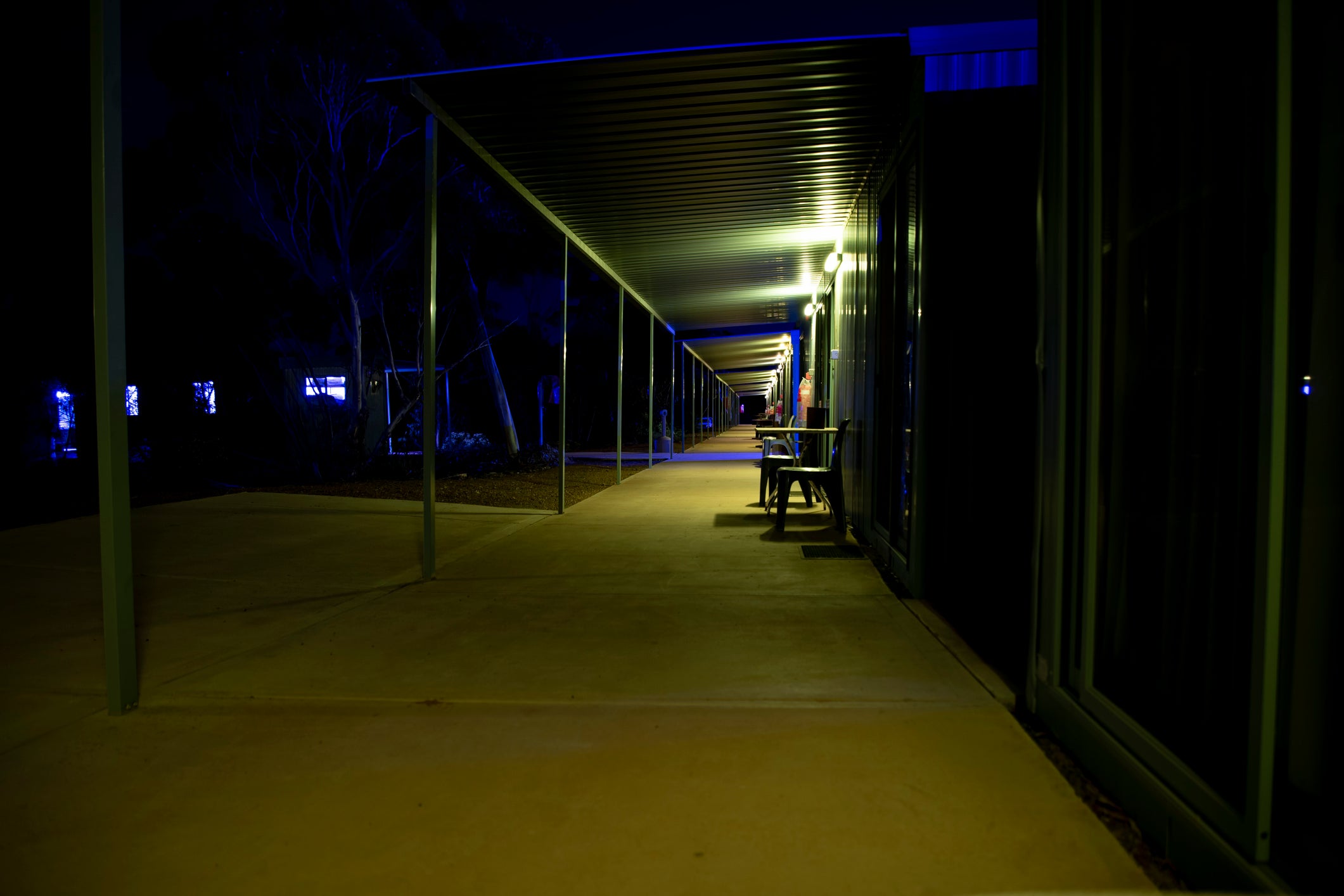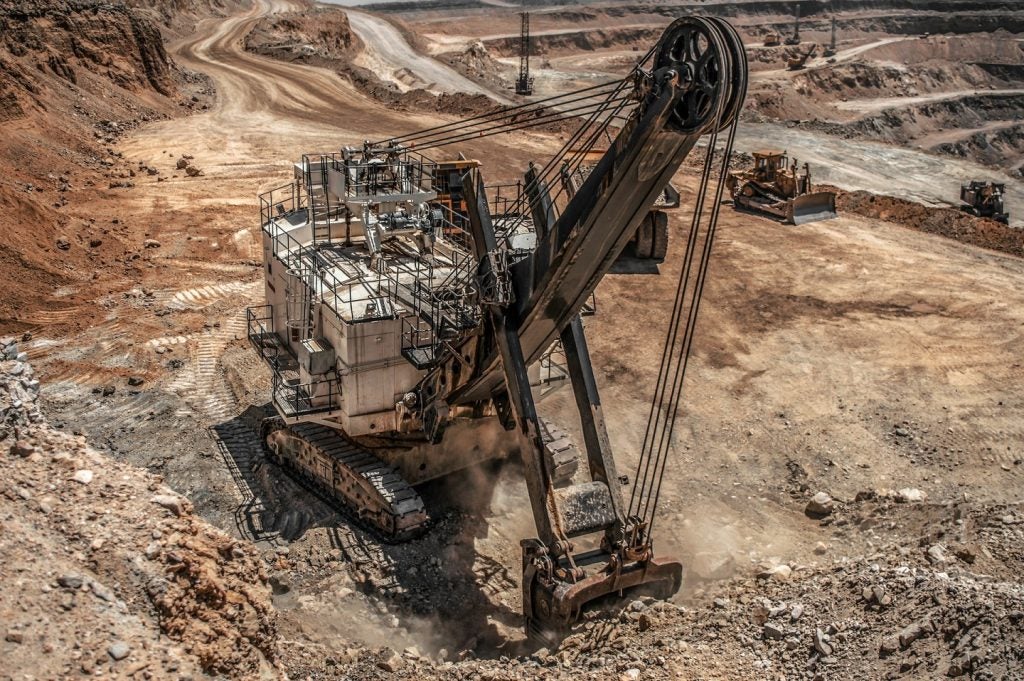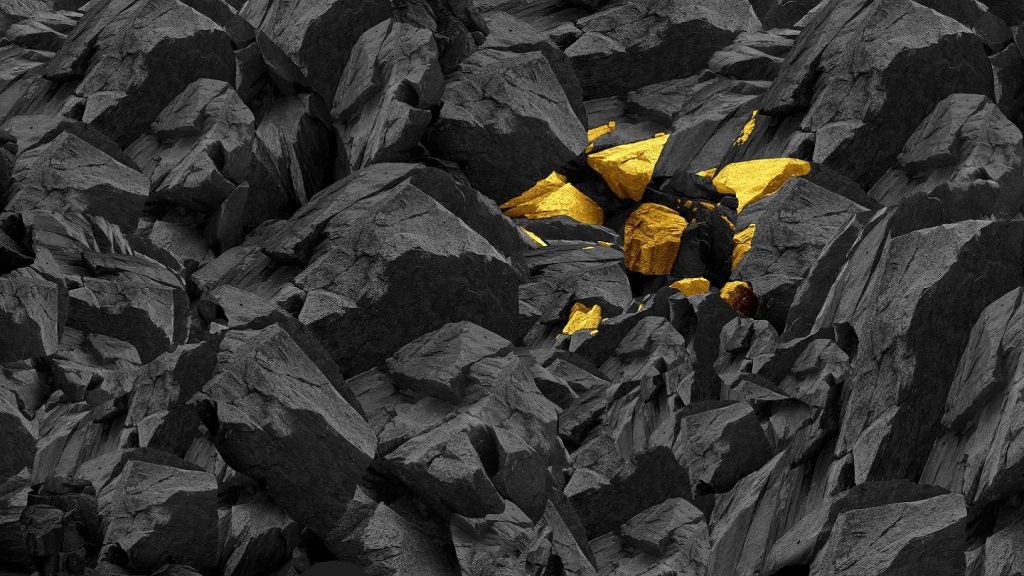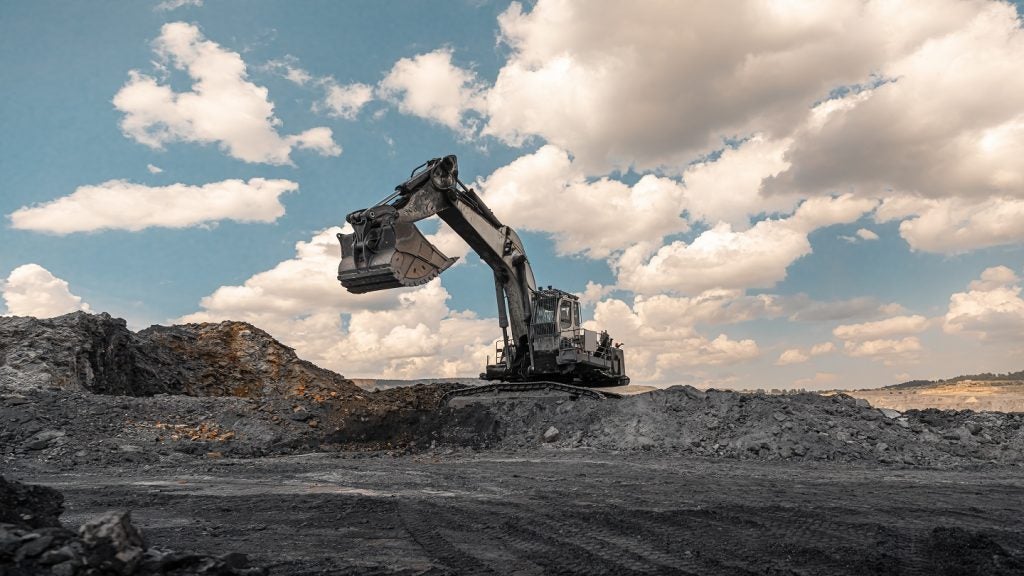
A woman is knocked unconscious and awakes semi-naked. Another finds sex dolls and toys placed in her sleeping quarters. A third is touched inappropriately in front of colleagues, a fourth finds her vehicle filled with iron ore after refusing sexual requests, and a fifth is assaulted by a supervisor as she makes a complaint about inappropriate behaviour.
These are just some of the stories that have emerged from the Enough is Enough sexual harassment against women in FIFO (fly-in, fly-out) mining report in Western Australia, published in June. The state is the centre of Australia’s massive iron ore industry, where 63% of the mining workforce are FIFO, and the report sheds light on a culture of bullying and abuse, where offences are committed with impunity.
The report makes for deeply uncomfortable reading, but is not the only evidence of a systemic, and indeed, endemic culture of bullying and harassment in Australian mining. A previous report commissioned by mining major Rio Tinto and published in February into workplace culture at the company revealed ”unacceptable rates” of sexual harassment and everyday sexism, racism, bullying and harmful behaviour being normalised, with employees believing there are few consequences for perpetrators.
”A vicious cycle of disregard”
The reports reveal a horrifically toxic culture, especially for women, amid parts of Australia’s mining sector, and reveals why progress in hiring more females in the sector remains slow.
The industry has long tried to attract and retain more women, in part to address an acute worker shortage, but women still only account for 18.9% of the Australian mining sector’s workforce.
“This is a vicious cycle, where women aren’t attracted to work in the industry, let alone stay in the industry, because of the dominance of men and a disregard of women’s experiences,” says minister for women’s interests Simone McGurk.
How well do you really know your competitors?
Access the most comprehensive Company Profiles on the market, powered by GlobalData. Save hours of research. Gain competitive edge.

Thank you!
Your download email will arrive shortly
Not ready to buy yet? Download a free sample
We are confident about the unique quality of our Company Profiles. However, we want you to make the most beneficial decision for your business, so we offer a free sample that you can download by submitting the below form
By GlobalDataShe adds that the issue of women’s safety has ”been overlooked by this sector for far too long”.
“Women make up more than half of the population; we are in the midst of a skills shortage and the mining companies need to improve diversity and inclusion if they want to attract workers.”
Although McGurk is talking specifically about the Australian mining sector, her words should resonate with the industry at large.
In 2018, when the #MeToo movement began in Hollywood in response to allegations of rape and sexual harassment against film producer Harvey Weinstein, Canadian geologist Susan Lomas started the Me Too Mining Association to highlight similar behaviour in the mining sector.
Lomas, who has worked in the industry for 30 years, hails the Rio Tinto report as the “first solid piece of research” into many of the problems within mining culture.
How widespread is the problem?
These reports could be the first concrete step towards the industry reckoning with itself. However, Lomas is critical of the government report for only focusing on women and excluding men. In her experience of raising awareness of these issues, she’s learned that toxic behaviour isn’t only targeted against women but also men, particularly members of the LGBTQ+ community.
She highlights that in the Rio Tinto report 30% of women and 7% of men reported being sexually harassed; considering the company has around 45,000 employees that equates to 2,700 women and 2,500 men.
“It’s the same amount of people; if we are talking about sexual harassment in the workplace, we have to include men and we also need men that aren’t being targeted as our ally in helping to change this culture,” she says.
Indeed, 50% of all workers covered in the Rio Tinto report reported being bullied, pointing to a culture of harassment that goes beyond gender. Shortly after Me Too Mining, Lomas started the ‘MINE SHIFT’ campaign to be more inclusive and open the conversation about sexual harassment and bullying to other groups within mining beyond women.
Tackling the problem top to bottom
Western Australian mines and petroleum minister Bill Johnston says that change ”starts with culture”. He points out that the state government is investing $8.4m in the Mental Awareness, Respect and Safety program to assist companies to address these issues, in addition to a review of how the Department of Mines, Industry Regulation and Safety responds to these incidents.
Any change, it’s clear, will need to start from the top down. As the Rio Tinto report found, employees believe there is little accountability, particularly for senior leaders and so called “high performers”, who are perceived to avoid significant consequences for harmful behaviour. What’s more, these are often the people that victims are supposed to go to with complaints.
Lomas says this has also been her experience, with mining sites run under a tough hierarchal structure. “The most aggressive workers tend to get promoted, so higher up you often run into some of the most aggressive people. It’s a cultural thing, militaristic,” she says. “People that are attracted into these sites often have challenges themselves; it’s not a popular job, while others won’t stay under such a culture.”
This problem is also not helped, she says, by complex employment structures, with contractors from different companies often working at one site creating little cohesion between different workers.
Lomas’s Me Too Mining organisation offers a bystander intervention course to help teach individuals to step in when bullying or sexual harassment is happening.
“Most workers don’t want these behaviours to continue they just don’t know what to do about it,” she says. “Starting from the top down is good but if you don’t give your workers the tools to stand up and say something and feel supported in doing so the culture doesn’t change.”
Turning the tide against harassment in mining
Lomas recommends creating some sort of ‘safety card’ so that offenders don’t just get sacked from one mine only to end up in another. One of the most shocking things emerging from the government report, in her opinion, was that at some FIFO camps there were reports of women being drugged and sexually assaulted. “That’s a criminal act to begin with, they shouldn’t be just off the site, they should be arrested,” she adds.
Simon Trott, chief executive at Rio Tinto iron ore has said the company will closely study the recommendations in the government report as it continues to look for ways to prevent disrespectful behaviours in its business.
A spokesperson for the firm said it is implementing all of the 28 recommendations set out in its own report. They add that, , among other things, 57% of the company’s leaders have either completed or are registered for “building everyday respect” leader training programme with behavioural change specialist MindGym.
It has also undergone a recruitment drive to hire more women across Australia and New Zealand, receiving 3,000 applications, as well as ”upgrading facilities such as addressing urgent safety and hygiene risks such as security, lighting, timely access to clean and well-maintained restrooms and [changing rooms].“
The company has also committed to publishing a follow-up review and sharing its learnings with the wider industry.
BHP, another of the major mining firms operating in Australia, did not respond to a request for comment, nor did the Minerals Council of Australia.
“We can’t let up”
McGurk said she believes the industry is starting to see positive changes, and a willingness to create an industry culture that respects all people, eliminates sexual harassment and calls out unacceptable behaviour.
“But we can’t let up,” she adds. “Research shows companies with gender diversity are more profitable and productive and have improved employee satisfaction and decision-making. It is not only the right thing to do, it also makes good business sense.”
Lomas agrees the conversation has progressed. “That’s incredibly encouraging, and it’s also coincided with a real interest in diversity and inclusion within the industry. The major companies particularly are listening and starting to come up with actions and policies,” she says.
“But it’s going to be a slow process because it’s a different way of thinking for the industry and it’s going to cost money, and that’s the difficult part.”






